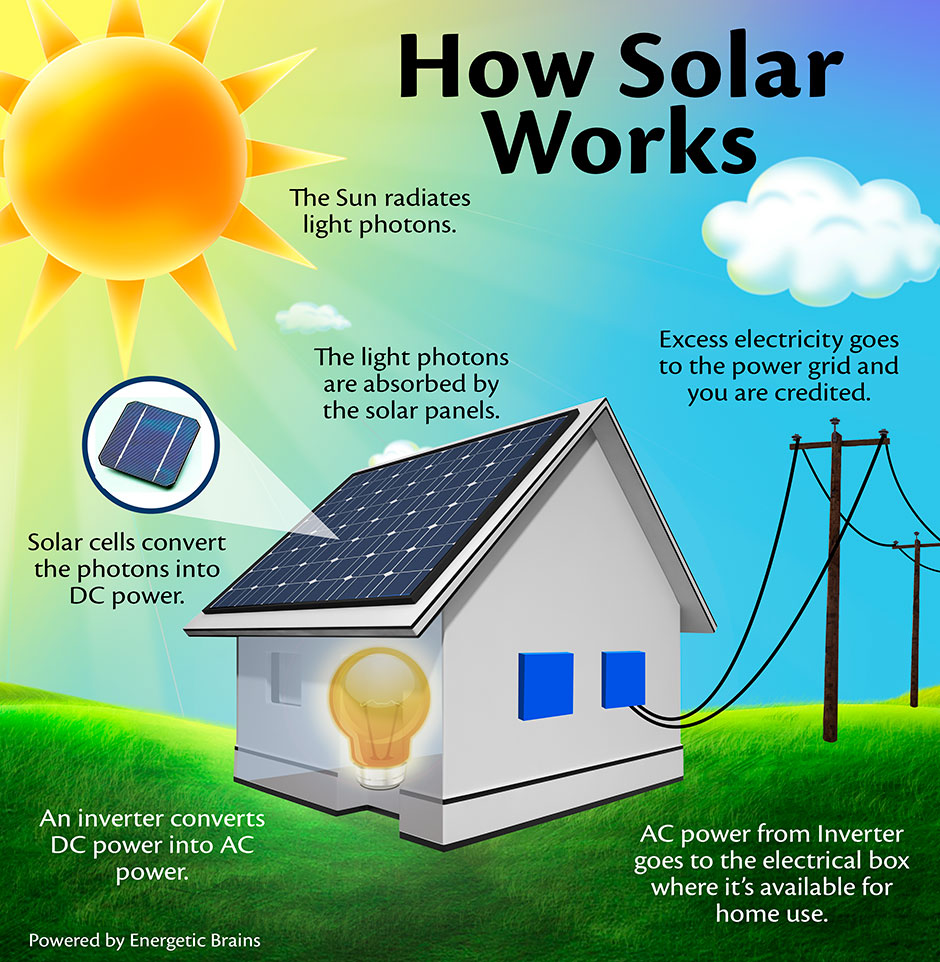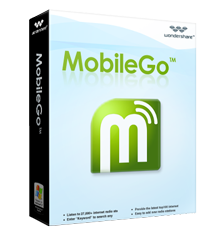You can always make the most of everything by using it to its maximum capacity. This golden rule applies to solar panels too. There’s more to the efficiency of solar panel systems than investing money in the best of the lot.
Using solar panels to their maximum is a fruitful choice as it enhances the benefits that solar power is popular for. For instance, you can minimize your environmental impact by generating more clean energy with the use of the photovoltaic system. You can save more in your utility bills too. These are the reasons that make solar power a lucrative choice.
Moreover, solar cuts your carbon footprint or decreases the amount of greenhouse emission on your part. An average American is responsible for the release of 14,920 pounds of carbon dioxide annually. This calculation comes on the assumption that the family uses 957-kilowatt hours every month.
In the case of solar operation, however, the carbon dioxide release lowers by more than 3000 pounds in a year. Similarly, solar panel systems help reduce your energy bills. You can save between 40-70% on electricity costs over the lifetime of the photovoltaic system.
The basics of solar panels efficiency
The working of a solar system is pretty simple. Lucky for us, the sun’s radiation is a renewable and clean energy source. We have plenty of sunshine reaching us. In fact, the sun’s energy that shines on the earth exceeds the global consumption of electricity annually.
The direct radiation in your region varies as per your location and distance from the sun. It’s a no-brainer really. For example, if you’re located near the earth’s poles, you end up pretty far away from the sun. Likewise, the direct radiation in the Middle East and North Africa region, which are near the Sunbelt, is more than 6 kWh/m2 in a day.
The solar cells work to convert the light that strikes them into electrical energy. In this regard, it is crucial that the energy conversion is efficient. This is what makes the efficiency of solar panels important as it ensures maximum output.
Here is a pictorial representation of the entire process:

3 ideas to improve the efficiency of solar panels
Without further ado, let’s discuss three essential ways to maximize your solar output:
- Keep in mind the placement and orientation of solar panels
To boost the efficiency of your solar panels, you need to be mindful of its location and angle. Essentially, the efficiency is the percentage of the sun’s energy that falls on solar cells. It is this energy that converts into electricity. At the same time, the output is the electricity that the solar panels produce from sunlight.
In this regard, the panels should be receiving optimal sunlight all day long. Thus, if you are in the northern hemisphere, the solar panels should be oriented toward the true south. On the other hand, if you are in the southern hemisphere, the panels should be facing the north. In the US, the best orientation is when the solar panels face south. The solar cells receive maximum sunlight in this position.
Moreover, the panels should be positioned in a manner that they get sunshine directly without any hindrance from 9 am to 3 pm. In a panel, the solar cells are wired in a series. The output can decrease even if a single cell in the series receives less sunlight.
While placing the solar panel system, consider the temperature too. The temperature of the photovoltaic panel affects its efficiency. As the temperature rises, the efficiency drops.
Hence, there should be a sufficient gap between the roof and the solar panels. It would encourage an easy movement of the air. It also stops the heat from affecting the solar panels. Lastly, make sure that the photovoltaic panel is not shaded. This can adversely impact the overall power output as less sunlight reaches the cells.
- Maintenance of the solar panels is important
Common congestions such as dirt, leaves, and dust can affect the efficiency of the solar panels. This is because the dust clouds the solar cells. As a result, the exposure of sunlight declines, resulting in reduced efficiency. As dirt builds up over time on the panels, the blockage increases. This makes the photovoltaic system less productive.
The solution to this is timely solar maintenance for optimal functioning and increased efficiency. Wash the panels every few months. Some solar panels are self-cleaning. They can wash away the dust with rain.
You can also remove the dirt with the help of wipes and soapy water. As the solar panels age, you should clean them more regularly to boost their efficiency.
- Seek help from the Scoop.solar app
As technology advances, it simplifies our responsibilities. For example, you can use the Scoop. Solar app to organize the maintenance activity concerning your solar panels. If your installer also uses this application, then you can share the data with him too and vice versa.
The Scoop.solar app is easy to use and helps you with the maintenance procedure by streamlining the data. For a solar provider, the app offers excellent assistance in the solar installation and maintenance procedures.
With the help of this app, the field officers can get access to the data concerning installed solar panels within seconds. Furthermore, the app allows preparing reports for clients too. It can pull together the existing information into personalized reports for clients.
Bonus tip: Use concentrators to increase the efficiency of the solar panels. These concentrate the sunlight from a large area to a smaller one. Large mirrors and lens are used to this end. In fact, concentrators can increase the output by 50%.
The bottom line
Optimizing solar panels is essential to get the best energy output from your photovoltaic system. Ensure that the panels are positioned in the way so as to receive the most from the sun throughout the day. Also, pay attention to the upkeep of the solar panels and use the Scoop. Solar app to keep tabs on the maintenance of the solar arrays.



